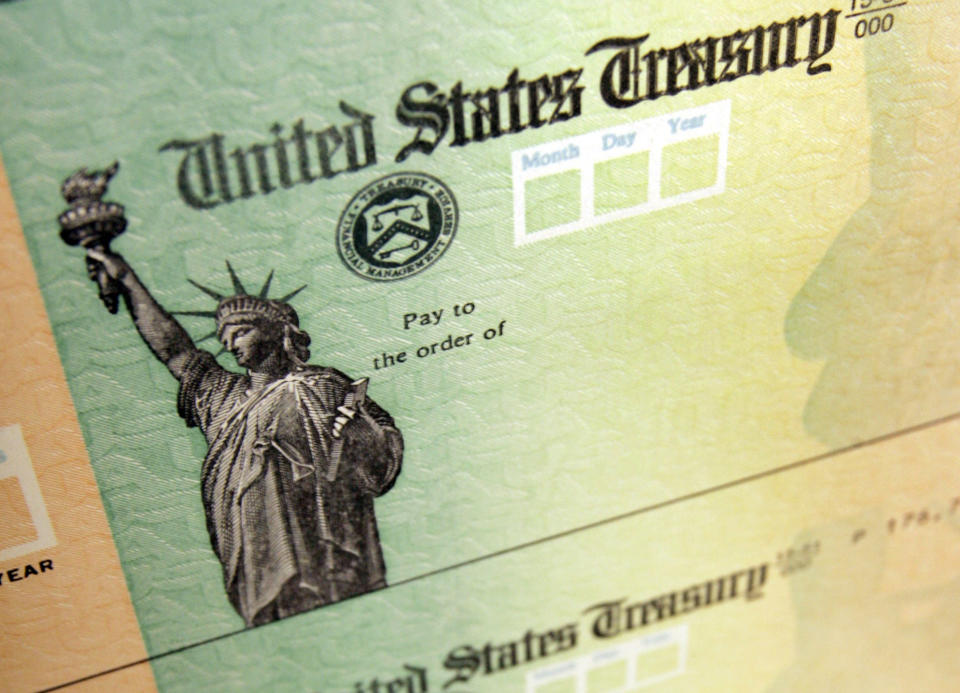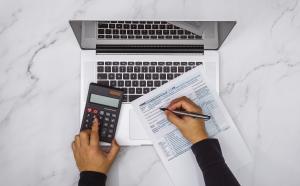Coronavirus stimulus check: How to get one if you don't file your taxes
More than 80 million people are expected to receive their stimulus payment up to $1,200 — plus $500 for children — by the end of the week, as part of the $2 trillion coronavirus relief package passed by the federal government, according to The Treasury Department.
In total, about 175 million Americans will receive the stimulus payment.
The first ones to receive payments are tax filers who have direct deposit information on file at the Internal Revenue Service. Those who don’t usually file taxes and aren’t Social Security recipients will need to get that bank information to the IRS to qualify for a payment and to avoid waiting for a paper check to be mailed.
This may include Americans with income levels that don't require filing taxes and those receiving veterans disability compensation, a pension, or survivor benefits from the Department of Veterans Affairs.
“There are as many as 10 million Americans who are not required to file a tax return,” TurboTax recently said in a statement. “Because the IRS will use the federal tax return to determine and send individual stimulus payments, these individuals are at risk of not receiving their stimulus payment.”
Here's what you should do if you don’t file taxes to get your stimulus payment.
How to register via the IRS
The IRS tool is for eligible U.S. citizens or permanent residents who had gross income below $12,200 ($24,400 for married couples) for 2019 and weren’t required to file a 2019 federal tax return.

They need to provide the following information:
Full name, mailing, and email address
Date of birth and Social Security number
Bank account number, type, routing number (if you have one)
Identity Protection Personal Identification Number (if you have one)
Driver’s license or state-issued ID (if you have one)
Information about qualifying children: Name, Social Security number or Adoption Taxpayer Identification Number, and their relationship to you or your spouse
The tools will use the information to file and automatically complete a Form 1040 and send it to the IRS.
They’ll also help determine if you’re eligible for the stimulus payment. If eligible, you need to answer a few questions, provide the required information, and choose whether to get the payment through direct deposit or check. If you don’t provide direct deposit information, the check will be mailed to you.
Social Security recipients and those required to file tax returns for 2018 and 2019 don’t need to provide additional information and will get an automatic payment as long as they meet the eligibility criteria.
How to register via TurboTax
TurboTax offers a new stimulus registration tool in partnership with the IRS to help low-income Americans who don’t usually file taxes get their stimulus aid checks. The tool asks a few questions to find out how much your stimulus check will be.
The free tool also allows people to file a minimum tax return for this year with the IRS. It also provides a way for non-tax filers to give the IRS your up-to-date mailing address and direct deposit banking details.
You must first create a TurboTax account first to file your 2020 taxes or provide your mailing or direct deposit information.
Denitsa is a reporter for Yahoo Finance and Cashay, a new personal finance website. Follow her on Twitter @denitsa_tsekova.
Read more information and tips in our Taxes section
Read more personal finance information, news, and tips on Cashay





